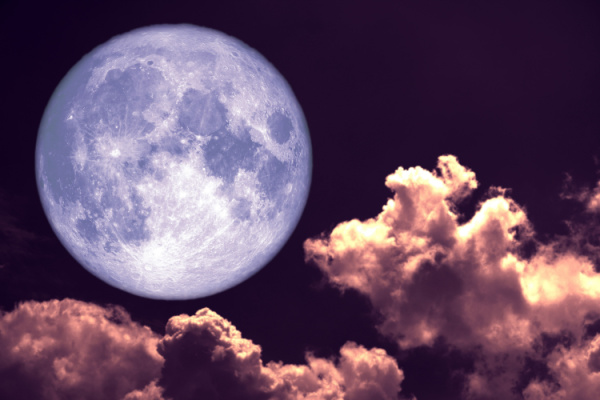An astronomical double-header is slated for one of the first nights of spring, including a precursor to April’s highly-anticipated total solar eclipse.
From views of Mercury to a Worm Moon, here are AccuWeather’s top astronomy events to mark on your calendar in March.
March 10: Spring Forward
Daylight Saving Time begins on Sunday, March 10, 2024, at 2:00 A.M. On Saturday night, clocks are set forward 1 hour (i.e., losing one hour) to “spring forward.” Sunrise and sunset will be about 1 hour later on March 10, 2024, than the day before. There will be more light in the evening.
March 19: Spring Equinox
Astronomical spring will kick off in the Northern Hemisphere on Tuesday, March 19, at 11:06 p.m. EDT — the earliest in March the equinox has taken place since 1896. On the equinox, the amount of sunlight and nighttime is almost equal all around the globe. Following the equinox, the days will last longer than the nights north of the equator, while nights grow longer than the days in the Southern Hemisphere.
March 24: Spot Mercury after Sunset
Mercury is one of the most difficult planets to spot in the sky due to how close it is to the sun, but stargazers will have an opportunity to see the elusive planet near the end of the month.
After sunset on Sunday, March 24, the dim planet will appear low in the western sky just above the horizon. Jupiter will help shine the way to finding Mercury as it will be perched just above and to the left of where Mercury will be located in the sky. Although March 24 will be the best time to look for Mercury, the planet should also be visible any cloud-free evening during the final week of the month.
March 25: Worm Moon Eclipse
March’s full moon is known as the Worm Moon as the spring soil softens across North America and earthworms start to emerge following the cold winter months, but the upcoming event during the final week of the month will have some added intrigue.
A penumbral lunar eclipse will be visible before sunrise on Monday, March 25. This type of lunar eclipse can be underwhelming and difficult to notice as the Earth’s shadow will cause only a corner of the moon to be slightly shaded.
Lunar eclipses never come alone and are always accompanied by a solar eclipse due to the way the moon orbits the Earth. Two weeks after the Worm Moon Eclipse, a total solar eclipse will plunge part of North America into darkness on April 8 — the top astronomy event of the decade.
—
Photo Credit: Darkfoxelixir / Shutterstock.com
